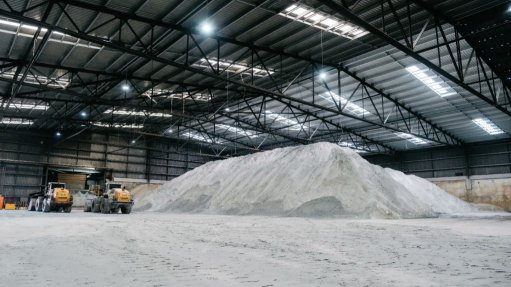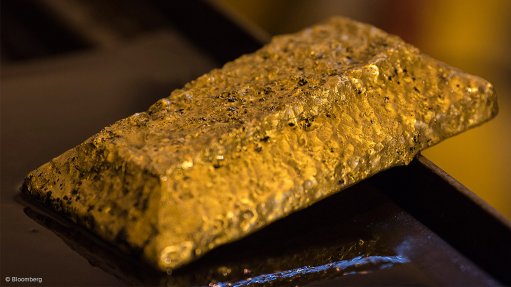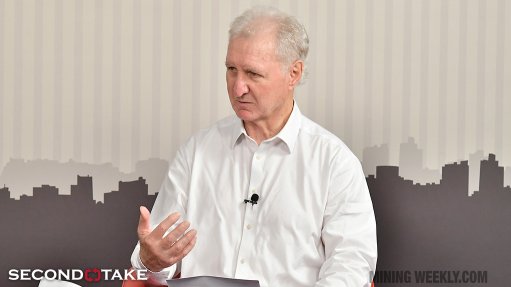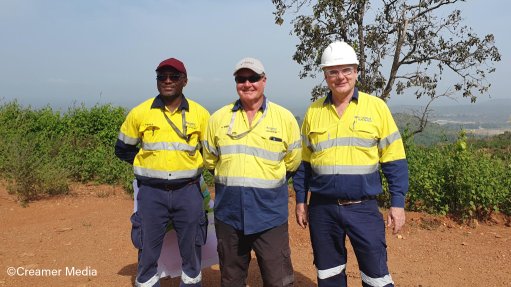MHSC aims to empower women, ensure health and safety in mining industry

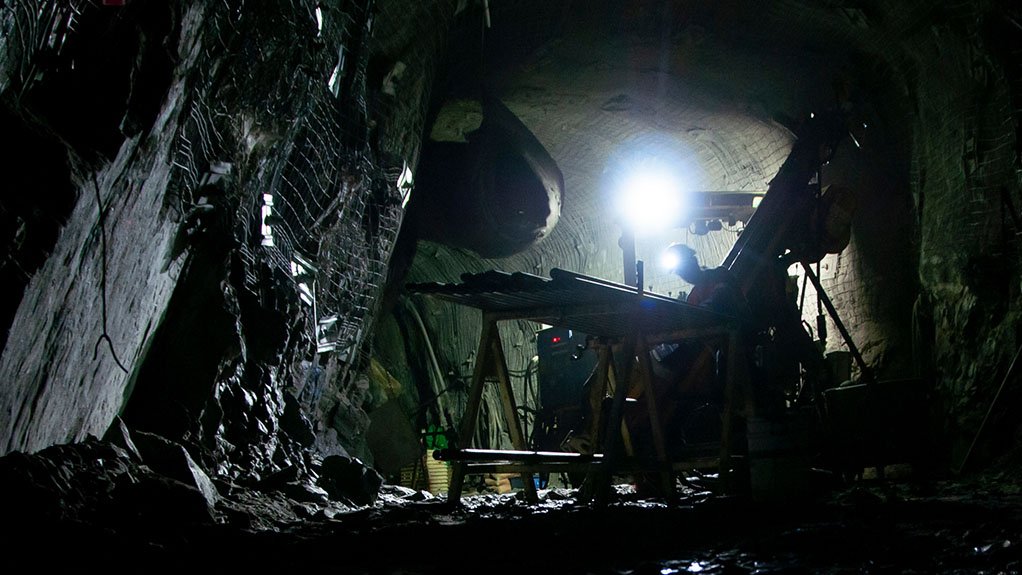
A strategic aim of the MHSC is the resolution to achieve zero harm within the mining sector
Photo by Adobe Stock
National public entity the Mine Health and Safety Council (MHSC) has outlined ambitious goals to transform the mining industry by fostering gender diversity and prioritising the health and safety of all employees.
MHSC CEO David Mamphitha has emphasised the council’s commitment to increasing the representation of women in the mining industry, noting that, historically, women have faced gender-based challenges in mining. However, the sector is seeing progress.
“The current percentage of female employees stands at about 15%,” Mamphitha told Mining Weekly at the Investing in African Mining Indaba, in Cape Town, earlier this month. “The goal is further to enhance this representation at all levels within the industry,” he states.
Addressing the prevalent stereotypes and biases, Mamphitha stresses the importance of changing perceptions about women's roles in the workplace. Notably, he points out successful women leaders in the industry, such as Anglo-American’s Kumba Iron Ore CEO Mpumi Zikalala, Exxaro CEO Dr Nombasa Tsengwa, former AngloPlats CEO Natasha Viljoen and other notable figures.
“The MHSC aims to break down traditional gender norms and create an inclusive work environment where women are treated as equals and who can lead effectively,” highlights Mamphitha.
Safety and Mental Health
From a health and safety perspective, Mamphitha underlines the need to protect women from gender-based violence and ensure proper personal protective equipment (PPE) that is specifically tailored for them. The council is actively involved in research to develop effective PPE that meets the specific needs of female employees.
Moreover, mental health is a significant focus area for the MHSC. Recognising the impact of mental well-being on productivity, Mamphitha stresses the importance of creating a workplace where employees, particularly men, feel comfortable discussing their experiences. The MHSC also aims to address the root causes of gender-based violence by focusing on educating and reforming men's perspectives and behaviours.
It is important to note, however, that gender issues are not confined to one region or culture. He points out that similar challenges persist in Australia and Canada, demonstrating the need for a global approach to address gender disparities in the mining industry.
Achieving Zero Harm
Another strategic aim of the MHSC is the resolution to achieve zero harm within the mining sector. Mamphitha emphasises the need for continuous vigilance in health and safety practices.
“The council, together with our stakeholders, aims to train a significant number of health and safety specialists and engineers, including rock engineers, to maintain a high standard of safety protocols across the industry,” he says.
He also notes how quickly technology is advancing in the mining industry and the role it plays in the industry’s aim of zero harm.
“Instead of having an operator go underground and drill manually, we now have someone operating a machine from the safety of an air-conditioned control room. This is a great advancement in terms of health and safety, as it reduces exposure to dust and eliminates the need to walk long distances underground,” he says.
However, it is also essential to highlight that technology does not always pose a threat to job security, which is a concern for many mine workers.
Mamphitha emphasises the need to have a comprehensive understanding of the advantages of technology to alleviate these concerns and ensure a positive outcome for everyone involved. He points out, for example, how the introduction of proximity detection systems to the South African mining industry has resulted in a significant reduction in safety incidents caused by trackless mobile machines.
“By prioritising gender diversity and health and safety initiatives, the Mine Health and Safety Council is spearheading efforts to transform the mining industry into a more inclusive, secure, safe, healthy and progressive sector for all employees,” he concludes.
Article Enquiry
Email Article
Save Article
Feedback
To advertise email advertising@creamermedia.co.za or click here
Announcements
What's On
Subscribe to improve your user experience...
Option 1 (equivalent of R125 a month):
Receive a weekly copy of Creamer Media's Engineering News & Mining Weekly magazine
(print copy for those in South Africa and e-magazine for those outside of South Africa)
Receive daily email newsletters
Access to full search results
Access archive of magazine back copies
Access to Projects in Progress
Access to ONE Research Report of your choice in PDF format
Option 2 (equivalent of R375 a month):
All benefits from Option 1
PLUS
Access to Creamer Media's Research Channel Africa for ALL Research Reports, in PDF format, on various industrial and mining sectors
including Electricity; Water; Energy Transition; Hydrogen; Roads, Rail and Ports; Coal; Gold; Platinum; Battery Metals; etc.
Already a subscriber?
Forgotten your password?
Receive weekly copy of Creamer Media's Engineering News & Mining Weekly magazine (print copy for those in South Africa and e-magazine for those outside of South Africa)
➕
Recieve daily email newsletters
➕
Access to full search results
➕
Access archive of magazine back copies
➕
Access to Projects in Progress
➕
Access to ONE Research Report of your choice in PDF format
RESEARCH CHANNEL AFRICA
R4500 (equivalent of R375 a month)
SUBSCRIBEAll benefits from Option 1
➕
Access to Creamer Media's Research Channel Africa for ALL Research Reports on various industrial and mining sectors, in PDF format, including on:
Electricity
➕
Water
➕
Energy Transition
➕
Hydrogen
➕
Roads, Rail and Ports
➕
Coal
➕
Gold
➕
Platinum
➕
Battery Metals
➕
etc.
Receive all benefits from Option 1 or Option 2 delivered to numerous people at your company
➕
Multiple User names and Passwords for simultaneous log-ins
➕
Intranet integration access to all in your organisation







